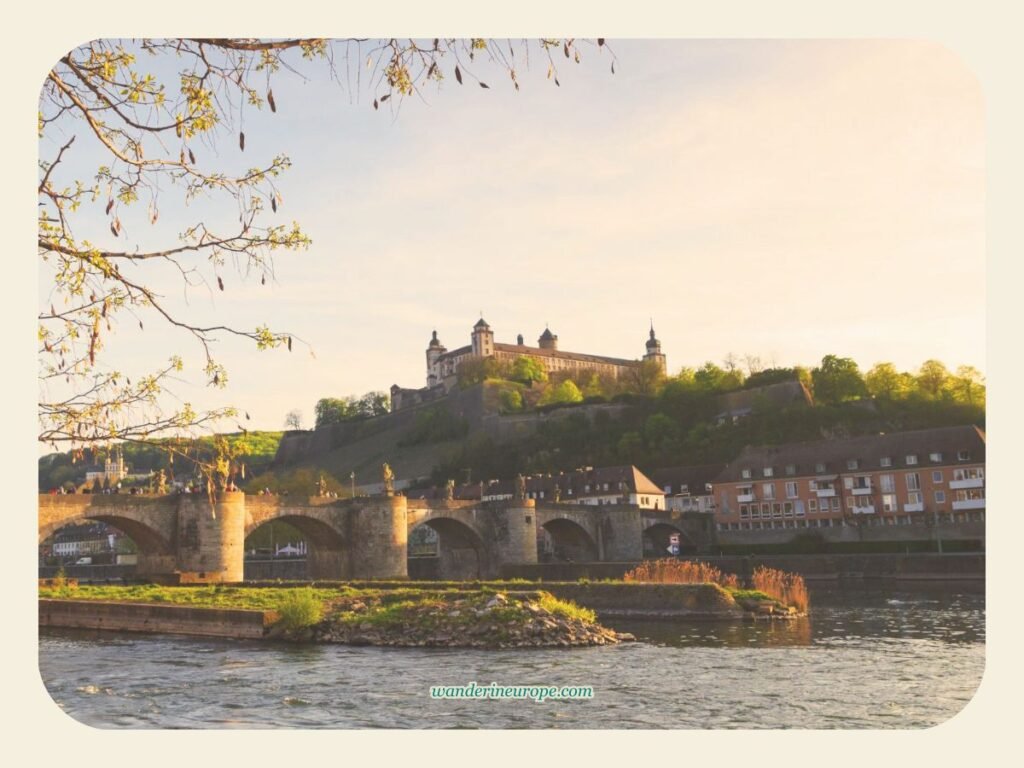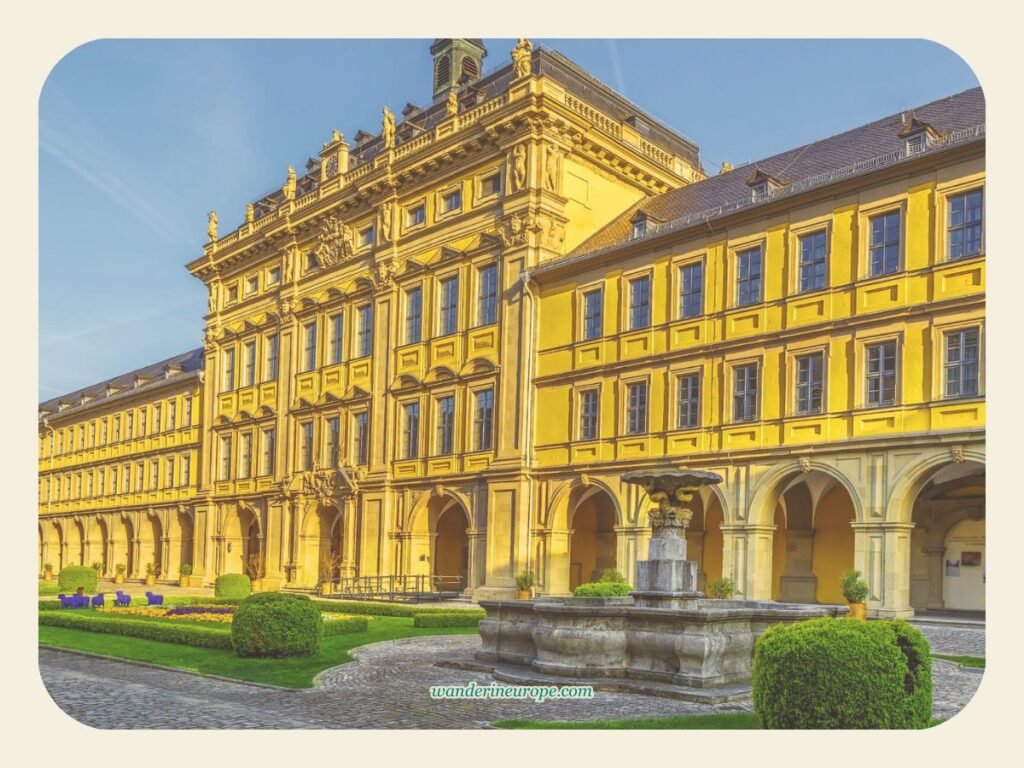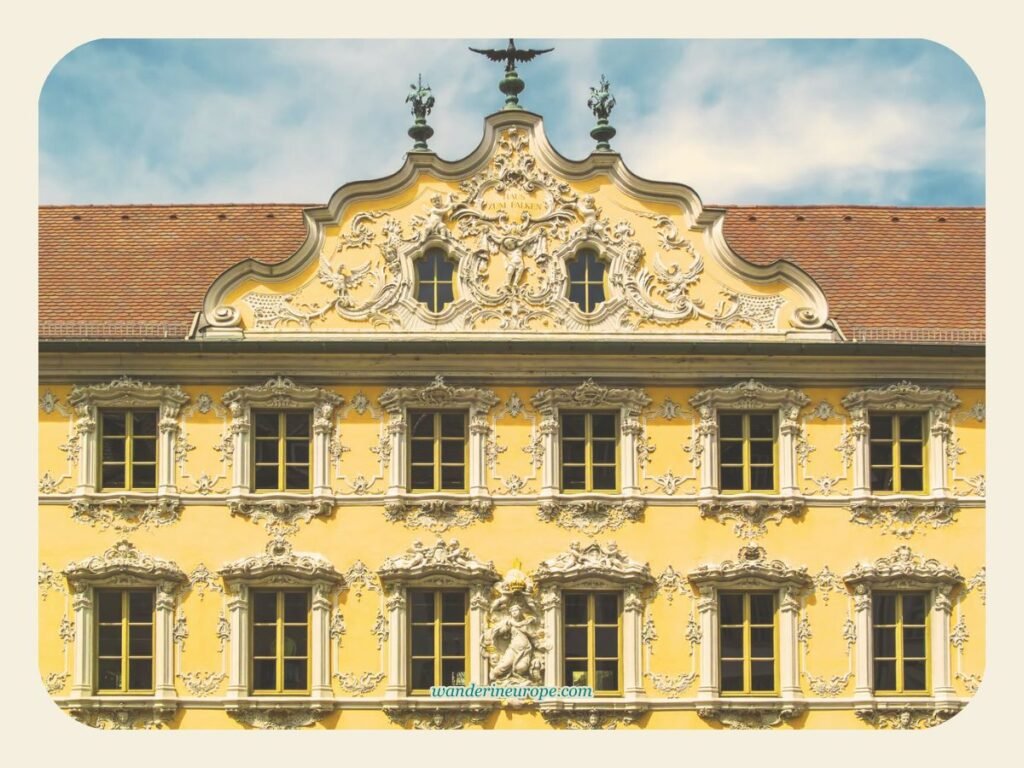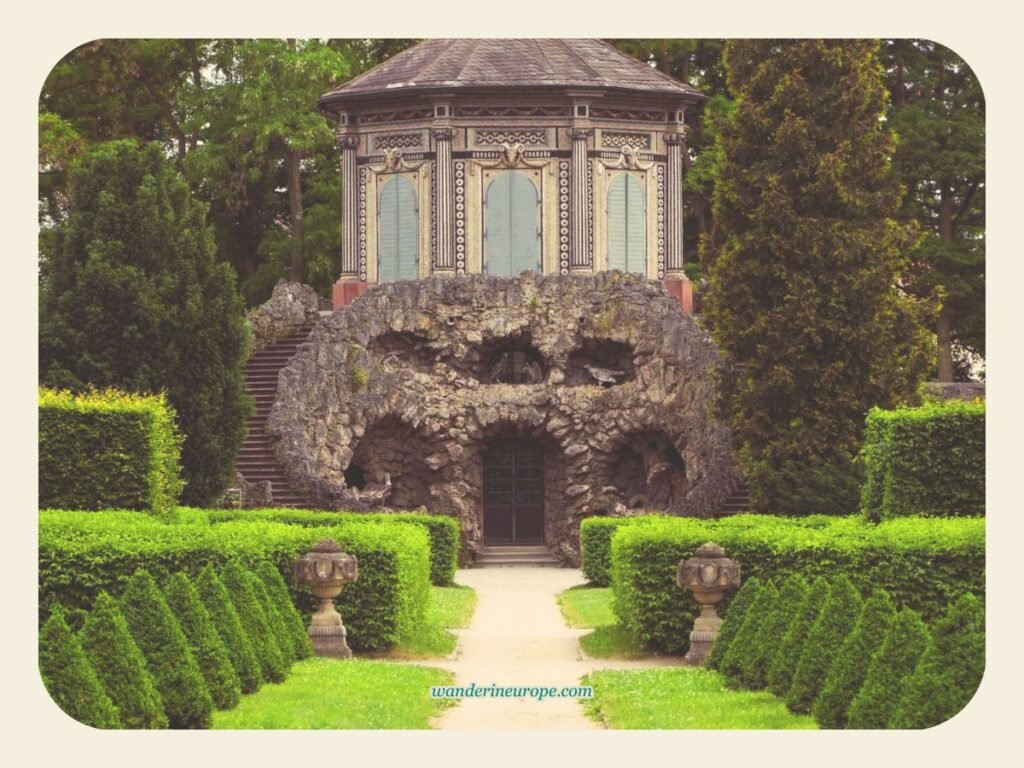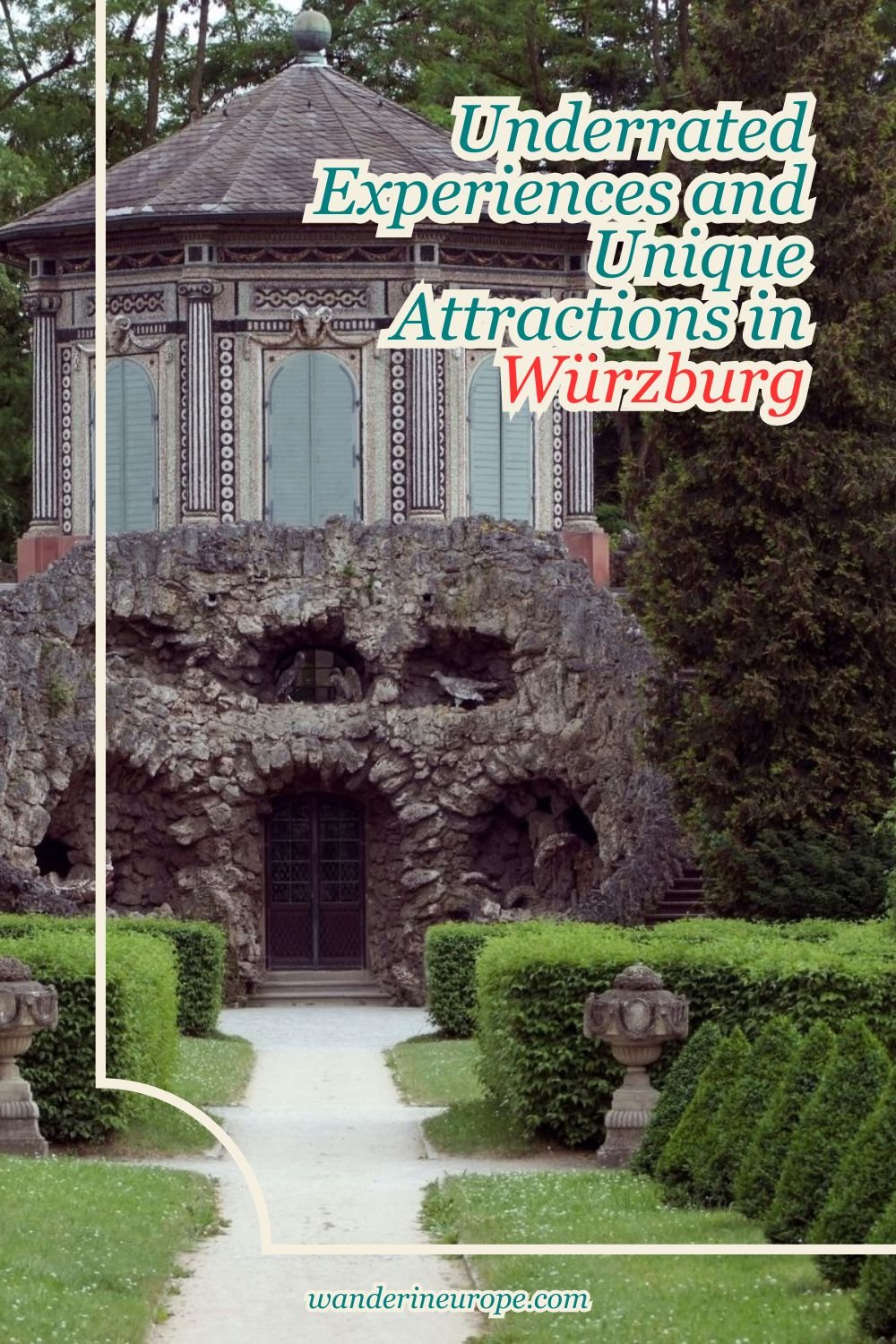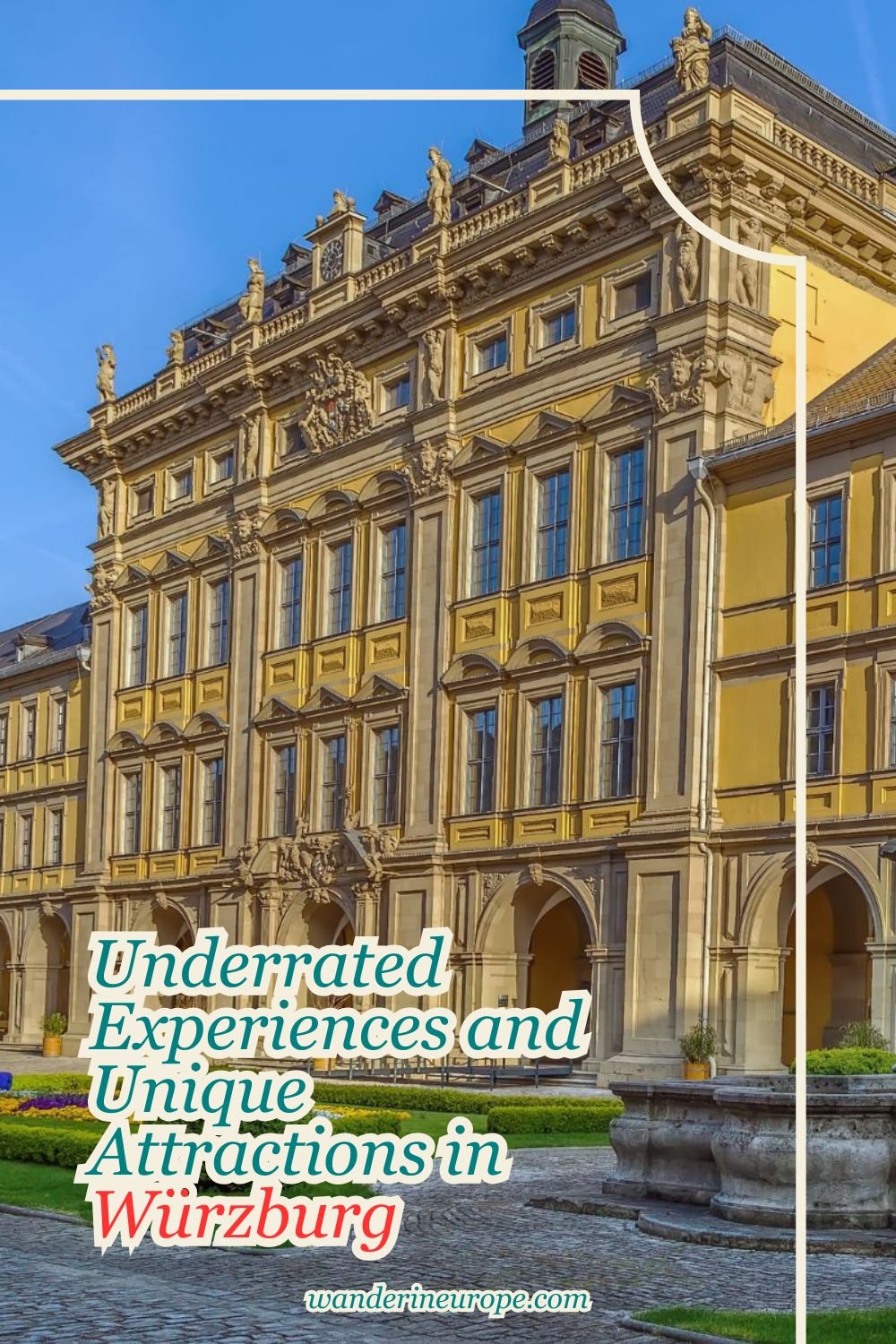Underrated Experiences and Unique Attractions in Würzburg
WanderInEurope is reader-supported. Affiliate links and ads help us keep creating useful content for you.
Würzburg isn’t just about the Residenz, Marienberg Fortress, and stunning churches. The city also boasts with lesser-known gems and smaller attractions that make it even more worthwhile. Let me show you some of them!



More in Wurzburg
These are just a few reasons why Würzburg is worth visiting. Don’t miss the rest, like its amazing wines and vineyards!
From great hotel deals to skip-the-line tickets and affordable eSim to cheap rentals, click here for the best hotel deals and more travel discounts.
For a convenient, unique, or more enriching visit, check out these experiences and services:


Pin this to save it for later or bookmark it to read anytime.


